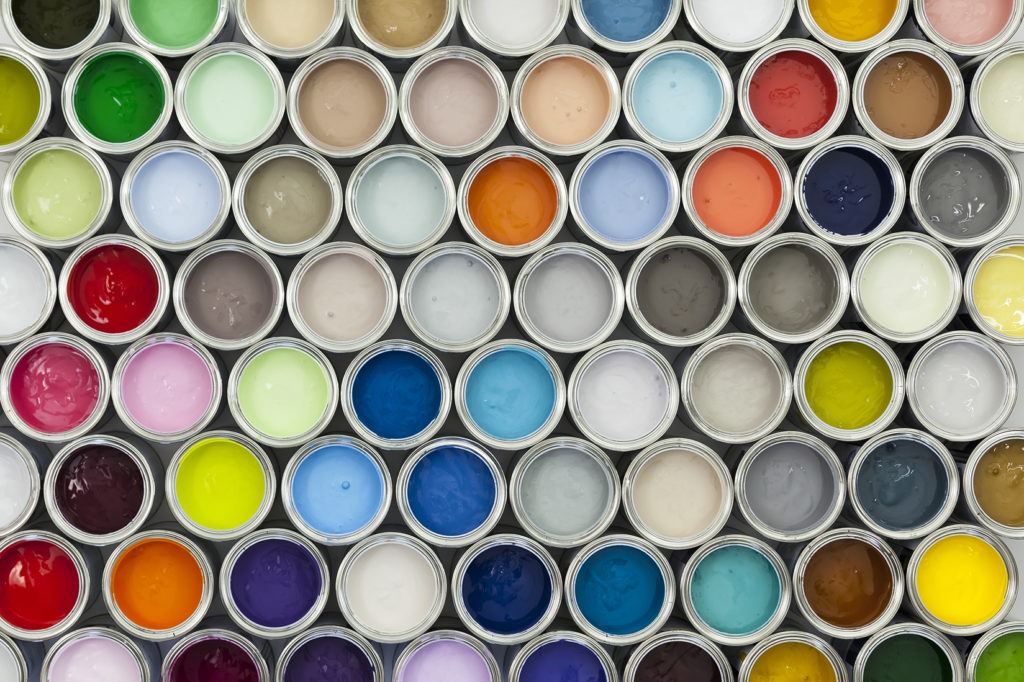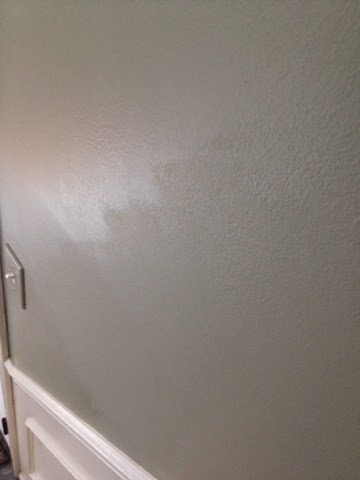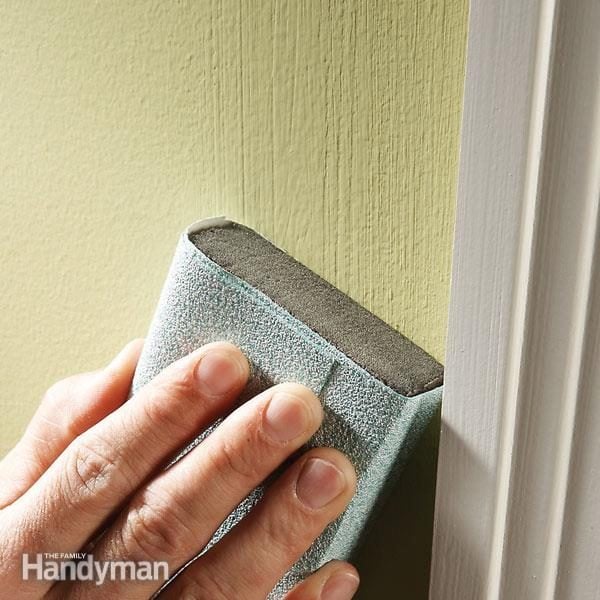Performing effective paint touch-ups can be difficult and in some cases impossible. The reason why quality touch-up work is so difficult to achieve is due to a discrepancy in the porosity of the substrate and the existing coating.
Any freshly damaged areas will absorb the touch-up coat at a different rate than the surrounding areas that had been previously painted; resulting in variances in colour and gloss (also known as ‘flashing’).
5 TIPS for Effective paint Touch-ups
Although touch-up work may not be possible in every situation, the list below provides a general set of conditions that typically must exist to effectively touch-up a surface.
- The existing coating should have a Gloss Level of either GL – 1 (a traditional flat finish) or GL – 2 (a traditional matte finish):
Coatings with higher gloss levels will be too difficult to touch-up. Variances in light reflectance are significantly more noticeable with higher gloss paints. - The existing coating should be light: In general, deeper/darker colours are much more difficult to touch-up effectively.
- The surface must not be exposed to critical lighting conditions: Even if the existing coating is an MPI GL – 1, touch-up work can appear visible under critical lighting conditions.
- The same batch of paint must be used for effective touch-up: Different batches of paint will have slightly different qualities even though they are the same product from the same manufacturer. Even the slightest variance in colour and sheen is noticeable when it appears side-by-side in the middle of a wall. In the same way that it’s a good idea to keep back a box of flooring after you’ve finished installing, it is also a good idea to keep a little bit of paint left over for touch-ups or to reference the product and colour.
- The same type of application tool must be used: Different application tools will provide different finishing textures, and will ultimately make any attempts at touch-up work visible. If the initial coating was applied by a roller, the touch-up work must be performed with a roller with the same nap size. Using a 10-mil nap roller to touch-up a surface that was applied with a 15-mil nap roller will create a significant variance in texture.
If the surface in-question meets all 5 conditions listed above, there is a good chance that effective touch-up work will be possible.
Keep in mind that while the list above does not guarantee whether or not a surface can be touched up successfully, it does provide a general set of conditions that are typically required for effective touch-up work.
Whether a surface can be touched up at all depends on a range of factors including the finish’s gloss, colour, the method of initial application, and its location (especially where critical lighting is involved).






